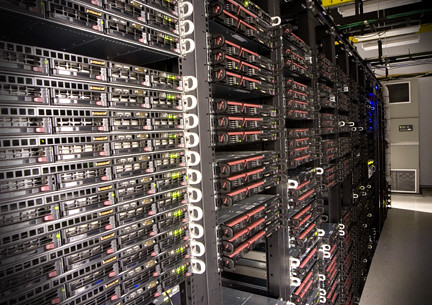
Paragon Software has a new article available on the popular Disaster Recovery Journal that was written by Sergey Solomatin.
Today, IT specialists have a wide range of options available to make the data security policy more composite and comprehensive. There are many tools and instruments presented for any level of demand on the IT market. Some of them are intended to be simple and convenient, others have to fit well into the larger enterprise infrastructures.
In this article, two important aspects of all-encompassing data security and management plan are described in more detail. First, I would like to discuss a hardware independent system recovery (HIR) and migration to virtual environments options. Even if you decide HIR is not your solution and do not attach much importance to it, HIR enables you to significantly increase a number of possible recovery, data migration and copying scenarios. In the light of the progress of modern virtualization technologies, HIR gets another great value – smooth system transfer between physical and virtual platforms.
Data Imaging and Virtualization
Creation of images is still the best way to get the maximum level of security for any computer data. It is the oldest and the most popular method of data backup. Despite the fact the technology principles are rather classical; the sector imaging continues its progress.
Nowadays, sector images are commonly used to protect important data and system as a whole. They make possible to store full software environments and system copies in one or several files. With the introduction of high-capacity storages in SOHO segment, imaging technologies break the limit of large enterprises sector and are now affordable to any PC user.
Sector imaging evolution yielded such methods and instruments as incremental and differential images, CDP, granular recovery, hot processing and much more. Another important technology is hardware independent restore that is one of this article’s topics.
Data imaging and virtualization intersect in many IT segments. Both of them come from the enterprise market and are now available everywhere, on any platform. Both of them operate by large containers with data. Recent developments have introduced a merging of the two technologies there more and more data management solutions support data imaging and data management in both physical and virtual realms.
Read the entire article on www.drj.com


 Download the latest white paper explaining the best practices in virtual server implementation and maintenance.
Download the latest white paper explaining the best practices in virtual server implementation and maintenance.






